Xi Hu Long Jing, also known as Dragon Well, is one of the most famous Chinese teas in the world. Emperor Qianlong visited Jiangnan area six times during his reign, and four of those visits he managed to find time to spend in Hangzhou to enjoy this tea. He also planted 18 royal Long Jing trees in front of Hugong Temple. This simple act by the emperor pulled Xi Hu Long Jing into the limelight. What was formerly a delicious tea was now a delicious and famous tea. That fame supported by its incredible flavour, still endures today. Nowadays, even the most casual tea drinker is likely to recognize Xi Hu Long Jing, or at least Dragonwell. The name has become synonymous with top level green tea. Along with this fame comes confusion and obfuscation. This can make finding and selecting an authentic Xi Hu Long Jing daunting, and difficult. In this post, I’ll share some tips with you on how to choose Long Jing, especially Shi Feng Long Jing.
As usual, I’ll introduce the tea with a brief look at its history. Xi Hu Long Jing has over 1200 years of heritage. In ‘The Classics of Tea’ by Lu Yu (733 – 804 AD), he mentioned the teas that were growing in the temples which are believed to be the early stages of Xi Hu Long Jing. During the Song Dynasty, the move of the capital to Hangzhou boosted the development of Long Jing tea, especially in Nan Song (South Song). During the Yuan Dynasty, the quality of Long Jing took large strides forward and when combined with the wonderful vistas of Hangzhou, Long Jing became a favourite subject in poetry, further increasing its recognition. During the Ming Dynasty, the reputation of Long Jing started to travel all over the empire, and it finally peaked in the Qing Dynasty when Emperor Qianlong constantly complimented the tea and visited the region numerous times. Nowadays, Xi Hu Long Jing is given as a national gift to other countries’ leaders by the Chinese government. For Chinese people it is an upscale gift among friends and relatives. In the west, it is a highly sought after tea among tea lovers. But how much do people really know about this tea per se? Unfortunately, not that much.
The earlier the better. Right?
Not really. This myth survives today because it is based in historical truth. But it doesn’t apply to today’s Long Jing. Nowadays there are many cultivars of Long Jing tea plants that have been raised to sprout in early spring, such as Long Jing 43 or Wu Niu Zao. Take this year’s harvest as an example. Where the traditional Long Jing could not be picked any earlier than the 20th of March, the new cultivars of Long Jing were ready to pick in mid-March or even early March. As I mentioned in earlier blog post, tea leaves need time to reach their best performance. When they are picked too young they usually lack aroma and flavour and these modern cultivars of Long Jing are no exception.
The Grades
Xi Hu Long Jing in most cases refers to the tea that is produced in the Xi Hu area. But there are five famous Long Jing types grown in that area. They are known as Shi (狮) for Shi Feng, Long (龙) for Long Jing & Weng Jia Shan, Yun (云) for Yun Xi & Wu Yun Shan, Hu (虎) for Hu Pao and finally Mei (梅) for Mei Jia Wu. These five are all first grade Long Jing teas, but Shi Feng Long Jing is recognized as the absolute best. Surprisingly, it is easy to find Shi Feng Long Jing on the market, so how can you tell if you’re getting the real one or not? First let’s understand some of the myths surrounding Shi Feng Long Jing.
Shape and color
Do pretty looks mean its the real thing? While it’s true that this is one of the basic criteria for judging tea based on appearance, there are exceptions. For example Shi Feng Long Jing, in terms of its colour, is not the usual desired bright green we seek in many green teas. Instead, it is mostly light yellow with some hints of green. This is due to the toasting process, which, when executed properly renders this yellow-green colour. And while the shape of the Shi Feng Long Jing dry tea leaves are tidy and consistent, they are not overly perfect. The winner of the best looking Long Jing goes to Da Fo or Xin Chang Long Jing.
Aroma and Taste
This is the most important criteria to identity Shi Feng Long Jing. Its unparalleled quality is living in the leaves. You can even smell it when handling the dry leaves. Unlike some great oolong teas whose aroma is often reclusive and stays inside the tea leaves until brewed, the fragrance of Shi Feng Long Jing springs out unconditionally, and is evident throughout every phase of your tasting. The unique taste is a strong indicator too. The fragrance melts in your mouth turning into a chestnut and soybean flavour, mixed with distinctive sweetness. It is a tea whose quality is immediately recognized.
Price
Price matters. Just like 10 dollars cannot buy you a high quality diamond, 10 dollars cannot buy you Shi Feng Long Jing. The tea area in Shi Feng is very limited, and its yearly production is less than 4000kg. This 4000kg tea is shared in a country with a population of 1.3 billion who have been in love with this tea for centuries, as well as tea lovers overseas. It would be highly unusual to find Shi Feng Long Jing cheaper in the west than in Shi Feng area.
Do you have to drink Shi Feng Long Jing to enjoy superlative green tea?
Having Shi Feng Long Jing is a great moment in a tea lover’s journey, but there are many choices of Long Jing that you can enjoy every day economically. Some of the lower end Long Jing can offer really good flavour as well. It is most definitely an area worth exploring.
ZhenTea is dedicated to bringing you authentic high quality Chinese Tea and real Chinese Tea Culture. This year we are proud to present you with several grades of Long Jing so that you can feel the difference between the locations, the picking times, and the processes. We taste our teas side by side so that we can depict each of our teas accurately, and we recommend you to try this at home too. It will make the nuances between the teas evident, and show that discerning the most subtle taste differences is something anyone can do.
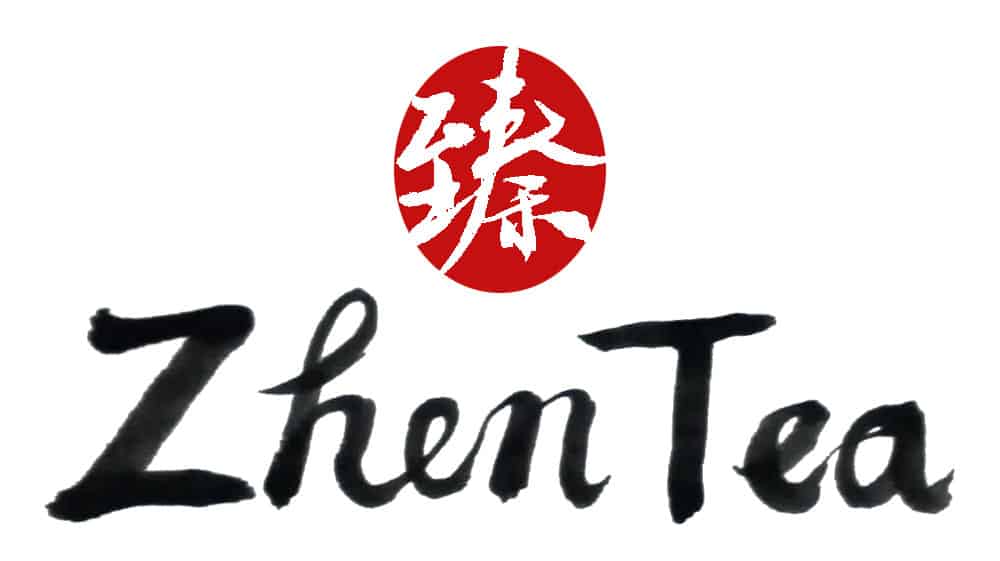

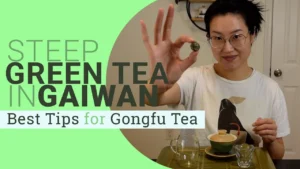
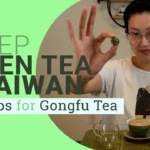
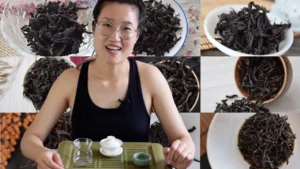
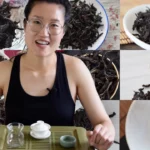

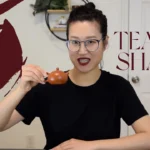
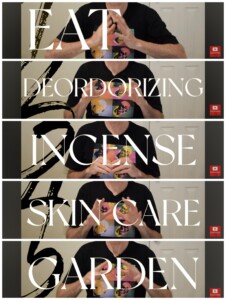

One Reply to “Xi Hu Long Jing (Dragon Well)”